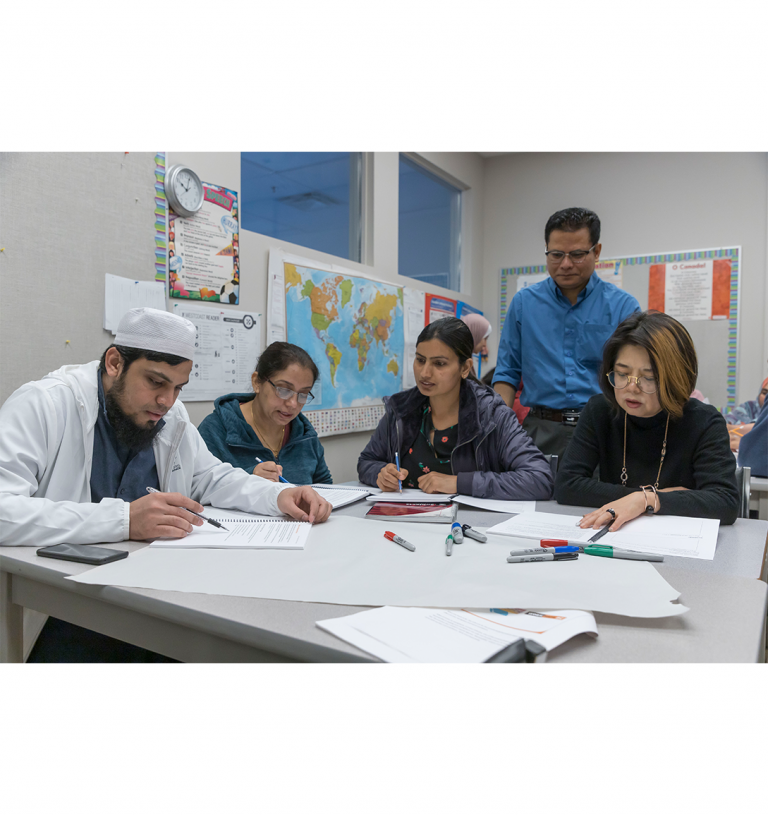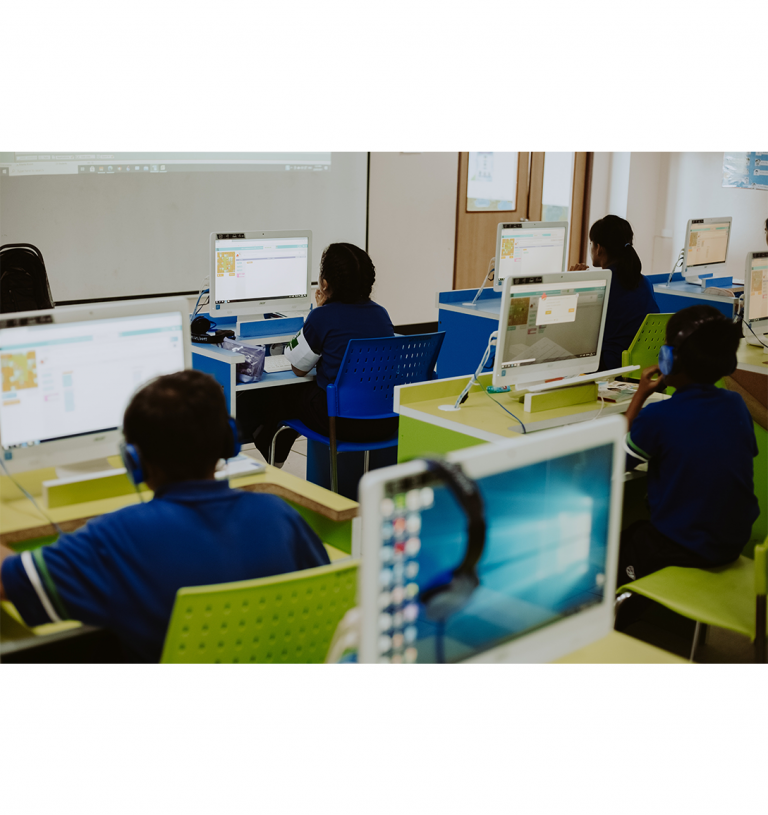Teachers are expected to handle content delivery and content creation as well as to provide a personalized learning experience to their students. Any of these tasks alone is considerable; all three of them together may overburden already overworked teachers.
During the last two years, another challenge was imposed on teachers as they had to adapt to online teaching. Most of their interactions with students had to be revised and reshaped to work over a computer screen. Although online teaching has its many downfalls and challenges, one silver lining is that, albeit forcibly, it boosted research in educational technology.
Technology can provide teachers with tools that help them monitor their students’ learning, adapt teaching strategies to the students’ skills, and create and deliver content more effectively. With that in mind, we are working on understanding how teachers currently work on content creation, with the purpose of supporting the transformation of this process with technology.
Eyeread Inc. has long been working on supporting learning with interactive games and powerful learning analytic tools. With an interdisciplinary team of designers, researchers, software developers, and teachers, we strive to take different perspectives into account while developing new ways to support educators.
To better comprehend current practices employed by teachers, we ran focus group and think-aloud sessions where teachers interacted with the User-Generated Content Tool (UGC) developed by Eyeread Inc. In these sessions, teachers were asked about their current practices in content generation, how they adapt content to students needs, and what technologies help them in this process. They also showed us how they used the UGC tool while explaining their thought process.
Two teachers were involved consistently during the development process to make sure the users’ voice was taken into serious consideration. Through the think-aloud sessions, we found that it is necessary to involve a good amount of teachers to have comprehensive feedback to drive the design and development of a technology. Depending on the grade, subject, district and personal experience, different teachers have different practices in education. Understanding the various needs and conventions of teachers helps to assure the success of the tool.
The results of the sessions were consolidated and prioritized and presented back to the Eyeread engineering team who is now underway implementing a new version of the User Generated Content tool for a closed trail in classrooms this fall.
We plan to have an invitation only release in September of the user generated content tools. Later in the fall, once feedback has been collected and reviewed, we plan to have a controlled release to the greater educator community. In 12 months, we hope to be in a position to have user generated content from expert educators from all pockets of North America and the world that can be shared and used with students anywhere.
Team members: Carrie Demmans Epp, Leticia Farias Wanderley, Research Assistant, University of Alberta, Xueyi Xu, UX/UI Researcher, Eyeread, Ben Cramer, UX/UI Researcher, Eyeread, Julia Rivard Dexter, CEO, Eyeread




